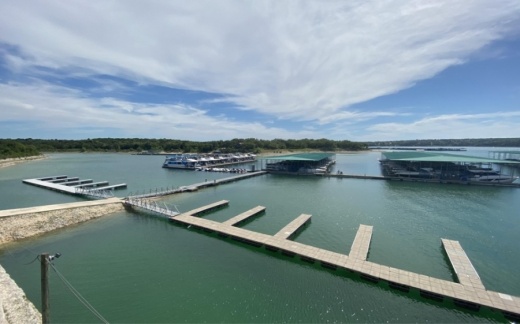LCRA Public Information Officer Clara Tuma said a combination of high heat and little rain—a pairing common to the area during the middle of the year—means a drop in lake levels is to be expected.
"We are approaching the dog days of summer, with some of the hottest temperatures we’ve seen in a while expected this weekend and next week, and no significant rain in the forecast," Tuma said in mid-July. "As the hot, dry weather continues, water use and evaporation will increase, and the level of Lake Travis will decline. This is exactly how the lake was designed to operate—going up during rainy times to hold water for use during drier times."
Historical data from LCRA shows that while the three-point drop below 80% in the last two weeks might seem abrupt, lake levels have, in fact, been outperforming historical records.
The average level in June for Lake Travis since 1943, when LCRA began keeping those records, is 669.87 feet above mean sea level. This June the average MSL was 669.87. Lake Travis at 100% is 681 feet MSL.
Navigate the graph below to see how Lake Travis's 2020 levels are performing against its average MSL.





